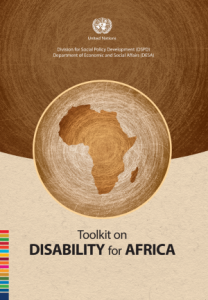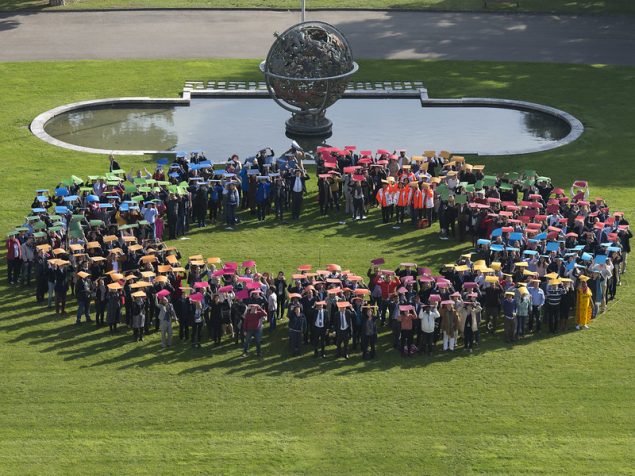
Leaving no one behind: the COVID-19 crisis through the disability and gender lens
Persons with disabilities—both visible and invisible—face obstacles and discrimination in accessing health care and other essential services, social protection and income security, mental health services, and communication technologies. In addition, women and girls with disabilities are subject to intersecting forms of discrimination related to sexual and reproductive health, gender-based violence, legal protection, unpaid care and domestic work. Women and girls with disabilities who are migrants, refugees, or from ethnic minorities endure even more hardships and unequal treatment. Gender, disability and structural inequalities, which characterized societies before the crisis, are being exacerbated by the multifaceted impact of the COVID-19 crisis. Lack of gender and disability disaggregated data makes it difficult to carry out evidence-based analysis of the socioeconomic impact of the COVID-19 crisis and to facilitate targeted and mainstreamed policies for women and girls with disabilities.
The situation of persons with disabilities through the gender lens
Persons with disabilities face the same risk of infection from COVID-19 as the rest of the population. However, in many cases, the danger posed by the virus is compounded by many other factors. In addition to the disruption of essential services and support, pre-existing health conditions in some cases leave persons with disabilities more at risk of developing serious health conditions.
In general, persons with disabilities have more health care-related needs than others—both standard needs and needs linked to their impairments—and are therefore more vulnerable to the negative impact of low quality or inaccessible healthcare services than those without disabilities. According to the 2018 United Nations Disability and Development Report, among 43 countries with data, 42 per cent of persons with disabilities versus 6 per cent of persons without disabilities perceive their health as poor. Persons with disabilities are often unable to access mainstream healthcare services due to unaffordability, attitudinal barriers, inaccessibility to healthcare facilities, and lack of alternative means to access public health information and communication for those with visual impairments as well as hearing or cognitive disabilities. This pandemic has further intensified the health risks of persons with disabilities who are living in institutional settings.
Among those with disabilities, women and girls face systemic barriers to equality and inclusion, with limited visibility in disability and gender equality laws, policies, and practices. Available data suggest that the gap is large compared with men without disabilities: women with disabilities are three times more likely to have unmet needs for health care; three times more likely to be illiterate; two times less likely to be employed and two times less likely to use the internet. Moreover, women with disabilities are at heightened risk of suffering sexual violence compared to those without disabilities.
The COVID-19 crisis exposes these underlying inequalities and exacerbates the situation of women and girls with disabilities. For them, the everyday barriers such as physical accessibility, barriers to implementing basic hygiene measures, affordability of healthcare, limitations on health insurance, and discriminatory laws and stigma, can be life threatening in the midst of a pandemic.
As health emergencies such as COVID-19 place additional pressure on national health services, it is important that national authorities establish non-discriminatory ethical medical guidelines to protect persons with disabilities. The World Health Organization (WHO) has issued disability-inclusive guidelines that are in line with international human rights conventions. Policies and practices on medical treatments, including triage decision-making and access to testing and vaccinations, when available, must not be discriminatory on the basis of age, gender, ethnicity or disability.
Healthcare authorities need to implement proactive accommodation measures that are necessary to reduce the risk of infection for persons with disabilities, their families and care givers, while upholding their dignity and autonomy. Health personnel, including in emergency response services, need to be trained in the challenges facing persons with disabilities during the pandemic and include their needs from the planning stages of such services and not as an afterthought.
Persons with disabilities and their families must be able to continue receiving the same level of care and support, and even more intensively during emergency situations, so that they are able to continue living an independent life. Governments and education providers need to ensure that distance learning platforms are safe and accessible for girls and boys with disabilities, including those with developmental and intellectual disabilities. Specific support should also be provided for caregivers, including access to psychological support.





